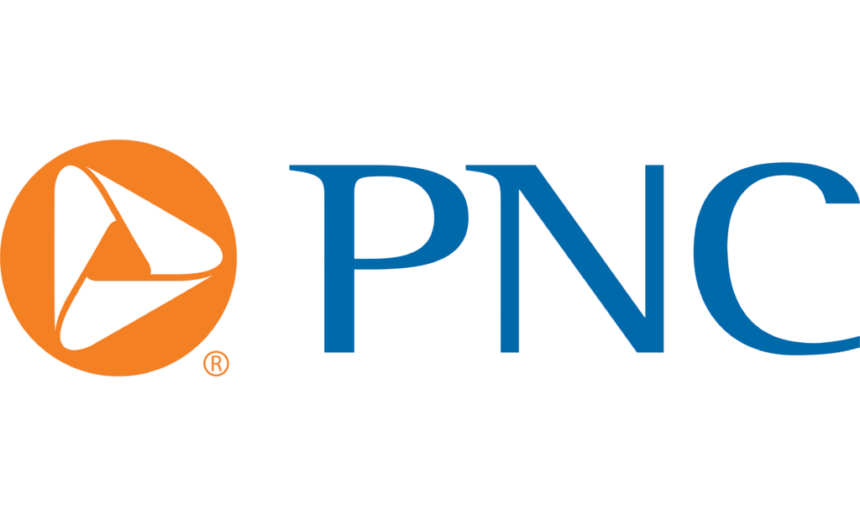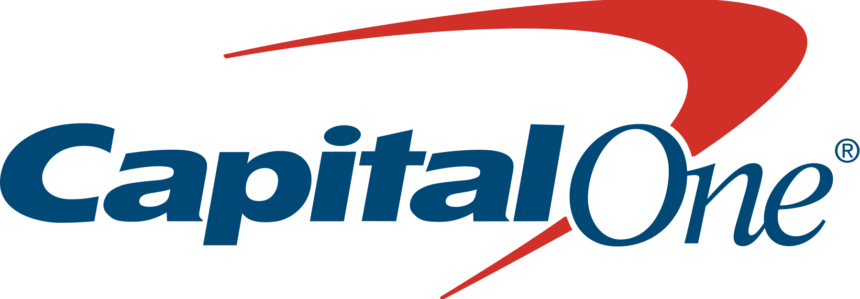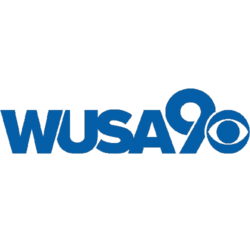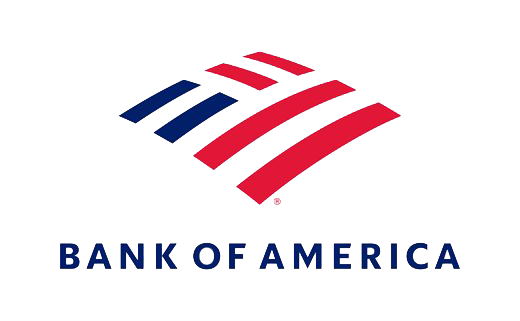NOV 26, 2019 | BOARD OF TRADE STAFF
Throughout the 60s, 70s, and 80s, the Board of Trade embarked on several initiatives that were designed to benefit area communities, from helping minority-owned businesses better integrate with the wider economy to reducing shoplifting and drug use. The Board of Trade was also a champion for major regional assets in this time period, including the Kennedy Center and Metro.
130 Historical Facts on the Board of Trade (Part Three)
Continued from Part Two
(47) In 1960, the Board of Trade reactivated the Citizens Joint Committee to campaign for the right of District citizens to vote for president and vice president and to have representation in Congress. In 1961, the 23rd Amendment was adopted, which granted the former.

(48) Through the 1960s, the Board of Trade took several measures to help close the employment gap between predominantly white and predominantly black communities in the region. It conducted research among area employers to identify skill needs and ran programs for high school students to help them prepare for and enter the workforce.

(49) The Board of Trade responded to the “space race” with Soviet Russia by establishing the Metropolitan Washington Science Bureau in 1960. The purpose of the bureau was to encourage scientific activity in Washington and to coordinate activities between the Board of Trade and local graduate educational institutions.


(50) In 1964, the Board of Trade merged with the Merchants’ and Manufacturers’ Association and formed a new Retail Bureau which served the needs of retailers in the entire metropolitan area rather than just downtown.

(51) The Board of Trade launched the Plans for Progress initiative in 1964, a job training program that was targeted at workers from low-income or otherwise disadvantaged communities and was underwritten by local companies.
(52) The Board of Trade first proposed a subway line in the District in 1936, and by 1965 it was advocating for the creation of a new agency, the Washington Metropolitan Transit Authority, to plan, finance, design, construct, and contract for a rapid transit system. This agency was established the following year, with final plans for Metro approved by 1968.

(53) George Hayes, a distinguished lawyer, was the first black member of the Board of Trade’s Board of Directors. Mr. Hayes was the lead attorney in Bolling v. Sharpe, a Supreme Court case banning segregation in D.C. schools, which was decided on the same day as Brown vs. Board of Education. He was elected to the Board in 1966.

(54) In 1969, the Board of Trade sponsored three Youth Leadership Centers with the support of Mayor Walter Washington and other civic groups.

(55) In 1970, the Board of Trade claimed through a new statement of purpose that it was “the only area wide community problem solving organization composed of business and professional people. As a united group, the Board finds solutions to problems that cannot be solved by individual action.”
(56) The Board of Trade formed an Urban Affairs Bureau in 1970, focused on issues such as beautification, crime prevention, employment and security, health and welfare, merit employment and training, municipal finance, planning and development, and education.
(57) The Board of Trade’s Urban Affairs Bureau established a drug task force in 1971 to push for the apprehension of drug dealers, create an educational program on narcotics for local schools, and develop programs to assist Vietnam veterans who were at risk of becoming addicts.
(58) The Kennedy Center opened in 1971, thanks largely to the Board of Trade, which selected the site on which it was built, raised funds for construction, and helped get the enabling legislation passed.

(59) The Board of Trade’s official position was that District citizens should have national representation in our democratic system but should not govern their own city. The Board of Trade argued that federal government oversight of municipal matters had worked well and should not be replaced, but outside groups accused the Board of Trade of wishing to protect its power. The Board of Trade held on to this increasingly unpopular position until its longtime executive director William Press retired in 1972, at which time the Board of Directors unilaterally voted to support home rule.

(60) Although women were able to join the Board of Trade beginning in 1959, they were not allowed to attend the Mid-Winter Dinner until 1972, at which point the tradition of dancing girls was dropped from the evening’s festivities.
(61) In 1972, the Board of Trade and the D.C. Chamber of Commerce incorporated the Metropolitan Washington Business Resource Center (BRC) to support minority-owned enterprises. The Center worked to expand access to markets, capital, and volunteer consultants.

(62) In 1974, The Board of Trade, the Metropolitan Washington Council of Governments, and the General Services Administration (GSA) founded the Commuter Club, providing one of the first computerized carpool matching systems in the nation. This program has evolved into Commuter Connections and is still active today. (Source: Commuter Connections)
(63) After reversing its position, in 1974 the Board of Trade began raising funds from members for a nonpartisan campaign in support of home rule. It also educated members on the implications of home rule in a four-page supplemental publication in the monthly Board of Trade News. In May of that year, residents in the District voted to approve the home rule charter, and a mayor and a thirteen-member city council was elected.
(64) The Board of Trade cooperated with the Maryland and Virginia Bicentennial Commissions to have the Washington area designated as the main site for the observance of the 1976 Bicentennial.
(65) In 1977, Board of Trade executive director Clarence Arata appeared before the House Committee on the District to reiterate the Board’s support for a voting representative in Congress, arguing that “one non-voting delegate in the House—despite his outstanding qualities—is hardly an adequate or fair share to represent responsibilities of this magnitude.”
(66) Seeing an ongoing duplication of effort, in 1977 the Board of Trade acquired Downtown Progress, an organization that had worked for downtown revitalization for eighteen years. Downtown Progress’s staff and projects were absorbed into the Board of Trade’s Community Development and Business Development bureaus.
(67) The Board of Trade established the Community Development Bureau in 1977, which was tasked with collecting information about increasingly complex community problems and driving solutions in city planning, transportation, sewage treatment, water supply, and cultural affairs.
(68) After a reported $345 million loss in stores’ revenue in 1977, the Board’s Retail Bureau focused on crime prevention programs across the region to reduce rising shoplifting activity.

(69) Throughout the 1970s, the Board of Trade’s economic development committee produced several campaigns to attract business activity to the Washington area. These included an audio-visual presentation called Why Washington?, an advertising campaign titled “Washington, By George,” and “Case for Washington,” a campaign directed at the corporate executive who frequently visited the Washington area.
(70) The Board of Trade’s Golden Links Awards, given each year from 1978 to 2007, recognized an organization and individual that have served as links in strengthening the Greater Washington community. Honorees have included the Capital Area Food Bank, the Wolf Trap Foundation, the American Red Cross, and the Kennedy Center for the Performing Arts.
(71) In 1978, the Board of Trade established political action committees (PACs) in the District, Maryland, and Virginia. The stated purpose of these PACs was to assist in the nomination and election of the “best qualified candidates who support and encourage the protection and development of the private and competitive free enterprise system.”

(72) In the late 1970s, the Board of Trade worked with its corporate members and other business associations in the area to develop a financing model for Washington’s first convention center. This enabled the city to move forward with the project and the first convention center opened in 1983. (This original convention center was demolished in 2004 and has been replaced by the Walter E. Washington Convention Center.)
(73) In 1979, the Board of Trade and the Greater Baltimore Committee both invested $150,000 in the Washington/Baltimore Regional Association, which existed to develop a joint marketing plan for the Washington and Baltimore metros, treating them as one combined region. The three organizations signed a memorandum of understanding to work together to execute that marketing plan.
(74) In 1979, an amendment to the by-laws was passed to change the Board’s name from the Metropolitan Washington Board of Trade to the Greater Washington Board of Trade. The new name reflected the Board’s expanded mission which found ‘metropolitan’ too limiting and ‘greater’ more appropriate.

(75) In the early 1980s, the Board established the President’s Task Force on Technology, which examined how education, transportation, venture capital, and government contracting impacted the growing technology sector. (Source: Board of Trade Spotlight on Industry, 1985).
(76) The Board of Trade founded Leadership Greater Washington in 1986 along with the Meyer Foundation and the Junior League of Washington. It was modeled after successful leadership programs in other metro areas and targeted executive leaders. It remains an important resource for the region’s business community today. (Source: Leadership Greater Washington.)

(77) Washingtonian Magazine, the Greater Washington Board of Trade, and Junior Achievement of Greater Washington created the Washington Business Hall of Fame in 1988 to raise money for Junior Achievement’s youth financial literacy programs.

(78) In 1988, the Committee on Responsible Regional Growth was formed to oppose what the Board of Trade considered to be burdensome and unnecessary zoning regulations and encourage responsive attitudes toward growth and development. (Source: Board of Trade News, March 1990.)
Continue reading >> 1990-2019: Thinking Globally, Acting Regionally
(Unless otherwise stated, the source for the information presented in this article is Civics, Commerce, and Community: the History of the Greater Washington Board of Trade, 1889-1989.)



















